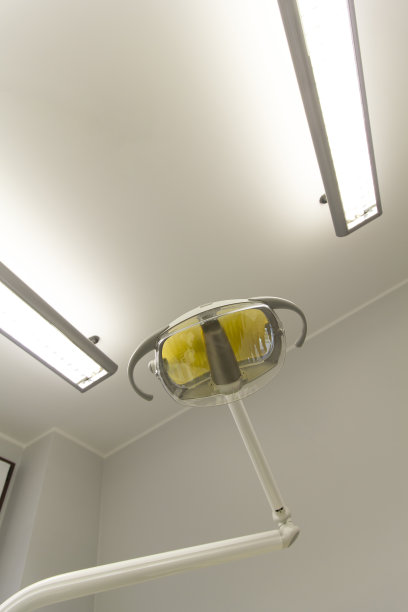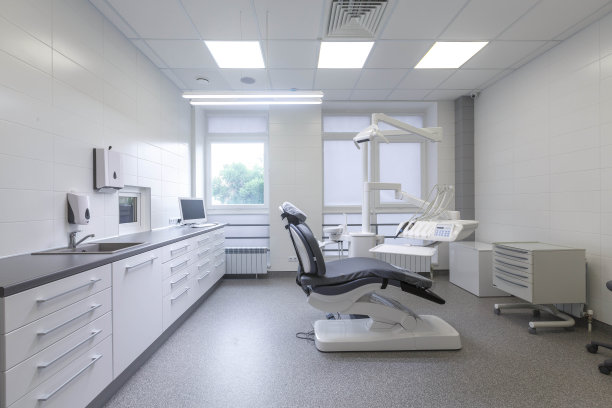Revolutionizing Smiles with Dental Implant Treatment Innovations and Techniques for a Healthier Future
Summary: Dental implants have revolutionized the field of dentistry, offering patients innovative and effective solutions for restoring smiles and improving oral health. This article explores the latest advancements in dental implant treatment, including cutting-edge technologies, enhanced techniques, and materials that promise a healthier future for patients. We will discuss the growing trend of mini dental implants, the impact of digital dentistry, the use of regenerative medicine in implant procedures, and the patient-focused approach in contemporary practices. With a focus on improving outcomes and providing a better experience for patients, these innovations are reshaping the landscape of dental care.
1. The Rise of Mini Dental Implants

Mini dental implants have emerged as a game-changer in the field of restorative dentistry. Unlike traditional implants, which can require significant bone structure and extensive procedures, mini implants are smaller and less invasive. This innovation makes them an ideal solution for patients who may lack the bone density necessary for standard implants.
The simplicity of the mini implant procedure is one of its most attractive features. The placement can often be completed in a single visit, leading to quicker recovery times and less discomfort for patients. Additionally, mini implants can securely support dentures, providing a stable fit that significantly enhances both function and comfort.
Furthermore, mini implants offer a cost-effective alternative compared to traditional implants. Their reduced complexity lowers the overall treatment expenses, allowing more patients access to this life-changing technology. With these advantages, the popularity of mini implants continues to grow, revolutionizing patient options for smile restoration.
2. Advancements in Digital Dentistry
Digital dentistry is transforming dental implant procedures by enhancing precision and efficiency. Technologies such as 3D imaging and computer-assisted design allow for highly accurate planning and placement of implants. This not only improves the surgical process but also enhances the overall treatment outcome for the patient.
Furthermore, digital impressions eliminate the discomfort associated with traditional impression techniques. This advancement streamlines the process, making it quicker and more pleasant for patients. Customized treatment plans can be generated based on detailed 3D models, allowing practitioners to tailor solutions to meet individual needs effectively.
In addition, the integration of digital workflows facilitates collaboration between dentists and dental labs. This collaboration leads to improved communication and faster turnaround times for restorations, allowing patients to enjoy their new smiles sooner. Overall, digital dentistry is shaping a more efficient and patient-centered approach in the world of dental implants.
3. The Role of Regenerative Medicine
Regenerative medicine is making significant strides in enhancing the success rates of dental implant procedures. Techniques like platelet-rich fibrin (PRF) and stem cell therapy are now being employed to augment bone healing and regeneration, providing a healthier environment for implant integration.
PRF, derived from the patients own blood, contains growth factors that promote healing and tissue regeneration. By utilizing this natural healing capability, dental professionals can improve the conditions for implantation, leading to more successful outcomes.
Stem cell therapy is another exciting advancement that has the potential to revolutionize the field. By harnessing the regenerative properties of stem cells, it becomes possible to regenerate bone and tissue more effectively, addressing challenges associated with bone loss. This approach not only enhances implant success rates but contributes to the overall health and longevity of the patient’s dental structures.
4. Patient-Centric Approaches in Implantology
Modern dental practices are increasingly adopting patient-centric approaches to enhance the experience of those seeking implant treatment. This philosophy places a strong emphasis on understanding the patient’s individual needs, preferences, and anxieties.
Educating patients about the procedures and involving them in the treatment planning process can significantly alleviate concerns and promote confidence. Transparency about the expected outcomes and potential risks contributes to a stronger patient-provider relationship.
Moreover, the emphasis on comfort during treatment has led to the development of sedation and pain management protocols. These innovations ensure that patients can undergo their procedures with minimal discomfort, paving the way for a positive dental experience. This shift in focus not only improves satisfaction but also encourages regular dental visits and ongoing oral health maintenance.
Summary:
The landscape of dental implants is rapidly evolving, fueled by technological innovations and a patient-centered approach. Mini dental implants, digital dentistry advancements, regenerative techniques, and improved patient relationships are all contributing to a revolution in how smiles are restored. With these developments, the future of dental health looks brighter than ever.
This article is compiled by Vickong Dental and the content is for reference only.



